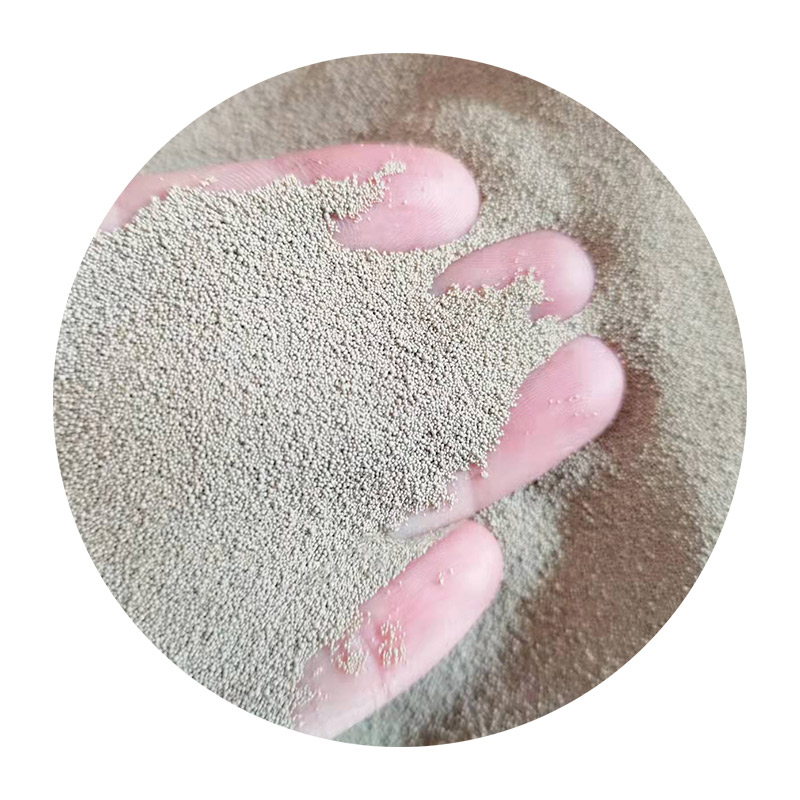The Art and Science of Sand Casting
Sand casting, one of the oldest known metalworking processes, has been a cornerstone of foundry practices for centuries. Its versatility, cost-effectiveness, and ability to manufacture complex shapes make it a preferred method in various industries, including automotive, aerospace, and art.
The Basics of Sand Casting
At its core, sand casting involves the use of sand as a mold material. The process begins with the creation of a pattern, which is often made from metal, plastic, or wood. This pattern is a replica of the final product and is used to form the mold cavity. To create the mold, a mixture of sand and a binding agent (usually clay) is packed around the pattern. Once the mold is formed, the pattern is removed, leaving a hollow cavity that mirrors the shape of the intended casting.
The next step is to pour molten metal into the mold. This process requires careful control of temperature and pouring speed to ensure that the metal fills the cavity completely and uniformly, preventing defects like porosity or cold shuts. Once the metal has cooled and solidified, the mold is broken away to reveal the final cast component.
Advantages of Sand Casting
One of the primary advantages of sand casting is its capacity to produce large, intricate parts that would be difficult or impossible to achieve using other methods. The sand molds can be easily shaped, allowing for complex geometries that cater to the diverse needs of modern industries. Additionally, sand casting is relatively inexpensive compared to techniques such as die casting, making it an attractive choice for both large-scale production and small-batch work.
Another significant benefit is the ability to use a variety of metals and alloys. From iron and aluminum to bronze and steel, sand casting caters to a wide range of materials, allowing manufacturers to select the most suitable metal for their application. This flexibility is especially crucial when dealing with specialized components that require specific mechanical properties.
sand cast

Challenges and Considerations
Despite its many advantages, sand casting is not without its challenges. One of the most significant issues is the potential for defects in the final product. Common defects include inclusions, gas porosity, and shrinkage, which can compromise the quality and integrity of the casting. To mitigate these risks, foundries must adhere to strict quality control measures, including careful monitoring of melting processes, proper mold preparation, and thorough inspection of finished components.
Moreover, the sand casting process can be labor-intensive and time-consuming, particularly for complex parts or larger production runs. The necessity for patterns and molds means that the initial setup can be slower compared to other manufacturing methods. However, this investment in time and materials is often offset by the long-term benefits of cost efficiency and design flexibility.
Innovations in Sand Casting
In recent years, technological advancements have enhanced the sand casting process, making it more efficient and responsive to modern manufacturing demands. Innovations such as 3D printing for mold creation allow for faster prototyping and production, dramatically reducing lead times and costs. Moreover, advanced simulation software enables foundries to predict casting behavior, identify potential defects, and optimize the design before pouring begins.
Sustainability is another essential focus in modern sand casting practices. Foundries are increasingly adopting eco-friendly materials and recycling used sand, which not only reduces waste but also lowers production costs. These sustainable practices align with the growing demand for environmentally responsible manufacturing processes.
Conclusion
Sand casting remains a vital technique in contemporary manufacturing, merging age-old practices with modern innovations. Its ability to produce complex shapes with a variety of metals, combined with its cost-effectiveness, positions it as a continued leader in industrial applications. As technology progresses and sustainability becomes key, the art and science of sand casting will likely evolve, enhancing its relevance and efficiency in the manufacturing landscape. Whether in producing intricate components for the aerospace industry or crafting artistic sculptures, sand casting will undoubtedly continue to play a significant role for years to come.
Post time:دسامبر . 11, 2024 04:19
Next:Exploring the World of Sand Casting in China and Its Industry Trends
